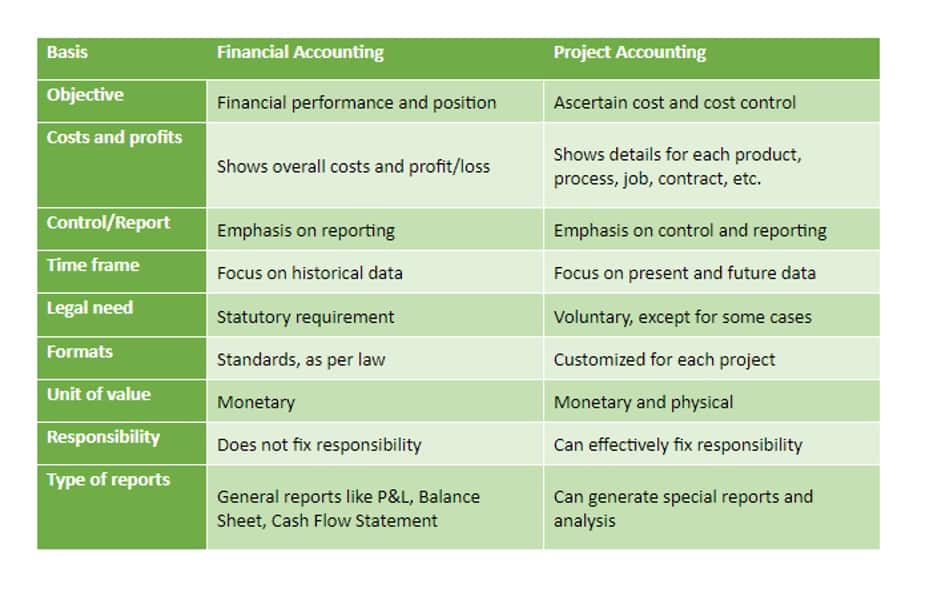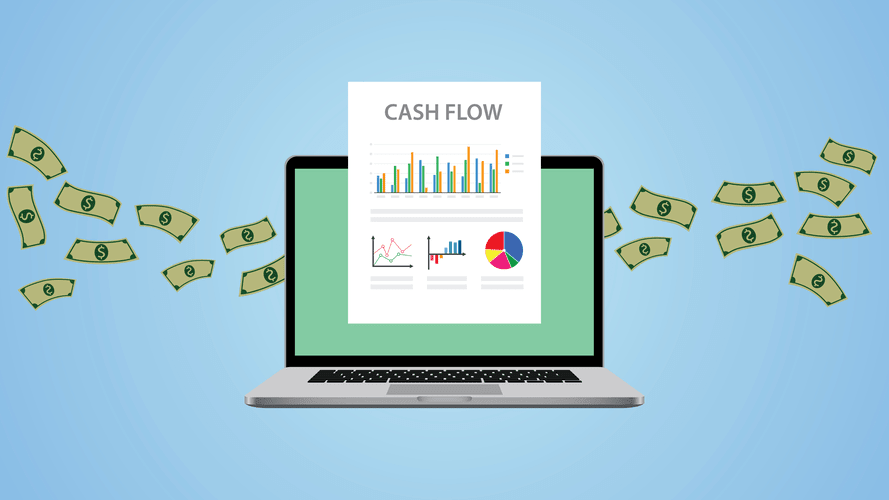
Here are some of the main benefits that you’ll find from using the direct method for cash flow statements. Using each of these values, you will prepare the operating section of the cash flow statement, resulting in a net cash flow from operating activities. Although most standard setting bodies prefer the direct method, companies use the indirect method almost exclusively. It’s easier to prepare, less costly to report, and less time consuming to create than the direct method.
Less Time-Consuming
The direct method uses cash-basis accounting, which records earnings and expenses only when they are received and paid, respectively. By https://www.bookstime.com/articles/forensic-accounting focusing solely on cash in hand, a direct cash flow statement presents the most straightforward view of a company’s cash position. It also suits small businesses and start-ups, which need to know exactly how much cash is available so that they can pay their bills on time. The operating activities section is the only difference between the direct and indirect methods.

Preparing a Direct Method Cash Flow Statement

The direct cash flow method, also known as the income statement method, focuses on presenting a business’s actual cash inflows and outflows. This method requires a detailed breakdown of cash receipts and payments from various activities, such as operating, investing, and financing. Because it is aligned with existing financial statements, an indirect cash flow statement is faster and net sales easier to verify and audit as well.

Direct vs. Indirect Cash Flow Method Head to Head Differences
- Financing Activities are those activities which result in a change in the size and composition of owner’s capital and borrowing of the organisation.
- The software’s scenario planning capabilities allow for proactive assessment of various cash flow scenarios, enhancing financial resilience and enabling strategic decision-making.
- Additionally, the regulations your business is subject to could determine which method you will need to utilize.
- The second adjustment was to subtract the $10,000 increase in accounts receivable from net income, since this means that the company received $10,000 less in cash from customers than it earned in revenue.
- Financial reporting plays a vital role in assessing the health and performance of a company.
- These adjustments convert the accrual-based net income to the net cash flow from operating activities.
It’s the more commonly used method cash from operating activities differs between the direct and indirect method with respect to the: in financial reporting, particularly for public companies. This means most financial analysts, investors, and stakeholders are accustomed to seeing it, making comparisons easier across companies and industries. Smaller organizations with a limited number of transactions each month can likely manage the level of tracking and detail that the direct method requires for accuracy. You do not need to go through each transaction during the period to determine its impact on the cash balance for the business.
- This method provides a clear view of cash transactions and is often considered more intuitive for users of financial statements.
- The indirect method starts with net income and adjusts for non-cash transactions, changes in working capital, and other items to arrive at net cash flow from operating activities.
- While the two methods only apply to the operating section of the cash flow statement, the method you choose to utilize will have important implications for your business.
- Cash outflows or operating expenses include salaries, payments to suppliers, income tax, and utilities.
- The indirect method lacks such deep insights since the net cash flow metric is indirectly calculated from the other financial statements.
- The company paid $150,000 in cash to suppliers for inventory, $75,000 in cash to employees, $25,000 in cash for rent and utilities, and $10,000 in cash for taxes.
- As we explained in a previous article, ‘What Is A Cash Flow Statement And How Do You Prepare One?
- The direct vs. indirect cash flow method is useful at different points, and it can be used depending on the situation and the requirement.
- One essential aspect of financial reporting is cash flow analysis, which helps stakeholders understand the cash movement within an organization.
- The software also provides intuitive financial statements, helping you predict future cash needs, avoid potential shortfalls, and make smarter financial decisions.
- The direct method requires detailed tracking of every cash transaction, which can be labor-intensive.
The direct method of preparing a cash flow statement shows cash inflows and outflows directly by listing specific cash transactions. It’s a straightforward way of presenting how cash is received and spent during a period, without adjusting for non-cash transactions. Regardless of the method chosen, the cash flow statement remains a critical tool for assessing a company’s financial health, liquidity, and operational efficiency. As future accounting professionals, students should focus on developing a deep understanding of cash flow analysis and its implications for business decision-making.


Along with showing the changes in the Cash Position of an organisation, it also depicts the reasons for such change during the period. Unlock returns on your money with seamless access to your funds whenever your business needs it. This content is presented “as is,” and is not intended to provide tax, legal or financial advice.
